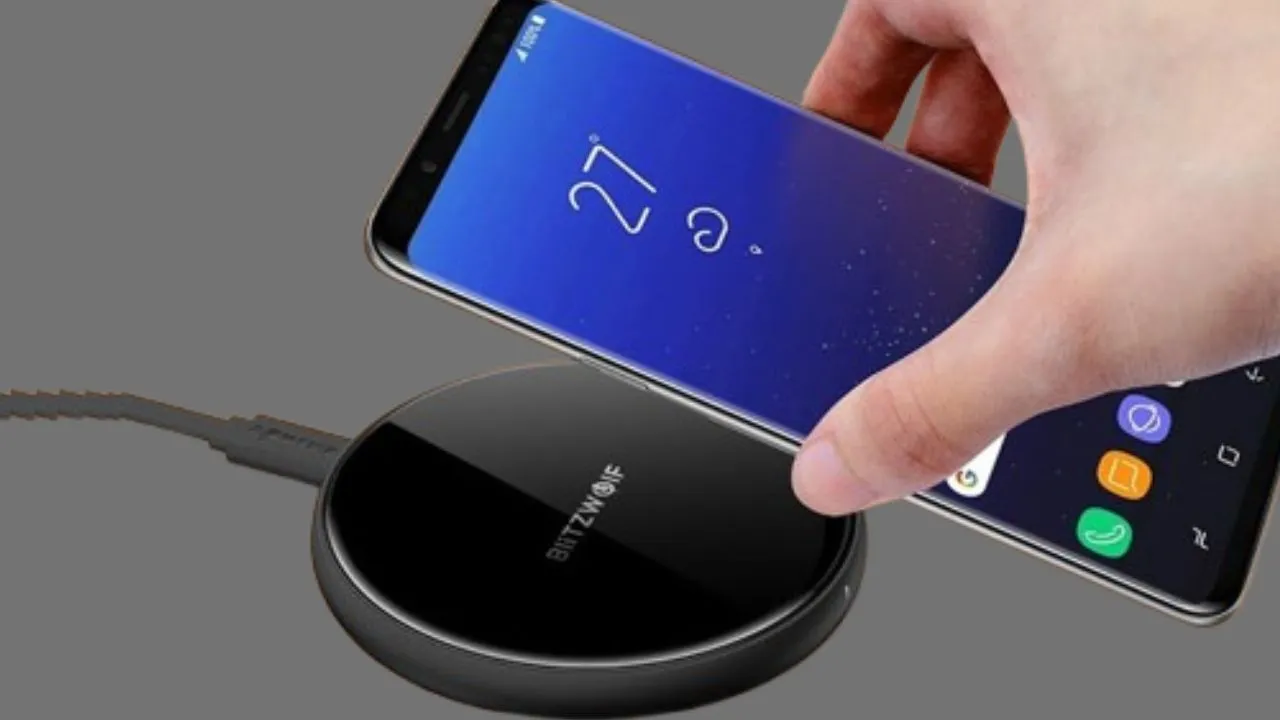Wireless charging is a convenient and popular way to power devices without messy cables. First, ensure your device supports wireless charging, as not all phones have this feature. Setting up a wireless charger is simple—plug it into a power source and place your phone on the pad. The technology uses electromagnetic fields to transfer energy, providing a seamless powering up experience. Additionally, wireless charging usually activates automatically when the device is positioned correctly.
Cordless charging offers many benefits, including reducing wear on charging ports and eliminating cable clutter. Many public places now offer cordless charging stations, making it easier to power devices on the go. While wired charging remains faster, wireless charging’s convenience makes it an essential feature in modern smartphones. Many premium phones now include it, and its futuristic ease of use is widely appreciated.
Check If Your Device Supports Wireless Charging
- Verify Device Compatibility – Ensure your smartphone supports wireless charging by checking the user manual or searching online.
- Identify Device Material – Phones with glass or plastic backs often support cordless charging, while metal backs usually block the signal.
- Check Phone Settings – On Android, look under “Battery” or “Device Care” for cordless charging options; iPhones enable it automatically.
- Use a Wireless Charging Case or Adapter – If your device lacks built-in support, purchase a special case or adapter to enable wireless charging.
Ensure You Have a Compatible Wireless Charger
- Ensure Qi Compatibility – Most modern smartphones, including iPhones and Android devices, support the Qi wireless charging standard.
- Check Power Output – Select a charger that matches or exceeds your phone’s wireless charging speed (e.g., 5W, 7.5W, 10W, or 15W).
- Choose the Right Design – Decide between flat charging pads, upright stands, or multi-device chargers based on your needs.
- Consider Brand and Quality – Opt for reputable brands like Anker, Belkin, or Mophie to ensure safe and efficient charging.
- Use Manufacturer-Optimized Chargers – Samsung and Apple devices often charge fastest with their respective brand’s wireless chargers.
If you want info about what is android? then visit this page.
How To Enable Wireless Charging on Your Device
1.Plug in the Wireless Charger
Connect your cordless charging to a power outlet using the provided cable and adapter.
2. Place Your Phone on the Charging Pad
Position your phone at the center of the charging pad with the screen facing up.
3. Check for Charging Indicator
Your phone should automatically start charging, and you will see a charging icon or hear a notification sound.
4. Adjust Phone Position if Needed
If charging doesn’t begin, slightly reposition your phone to align the charging coils properly.
5. Enable Wireless Charging in Settings (If Required)
For some older phones, go to Battery settings and toggle on Wireless Charging if needed.
6. Remove Obstructions
Take off thick cases or metal objects, as they can block the wireless charging signal.
